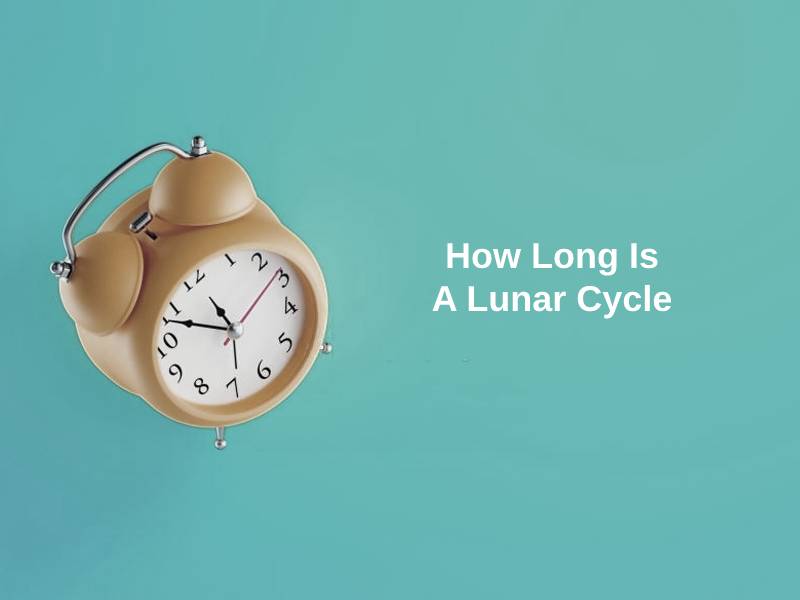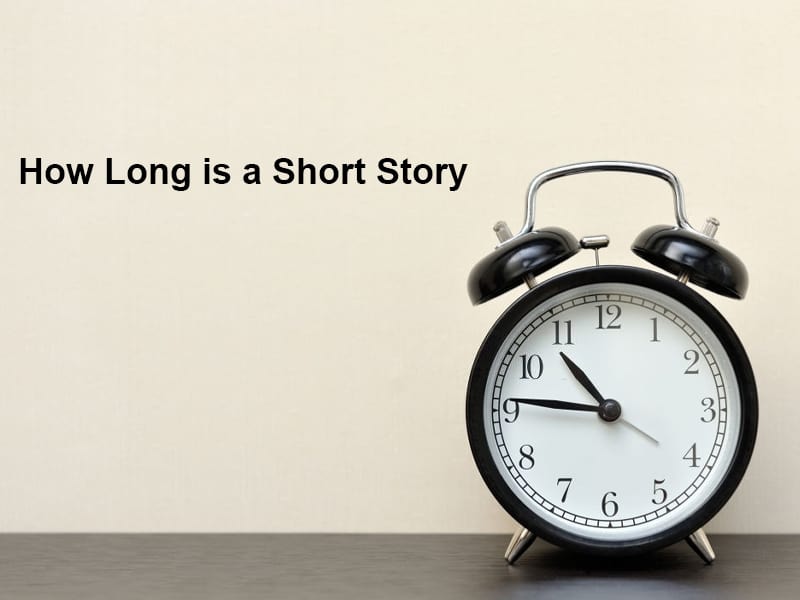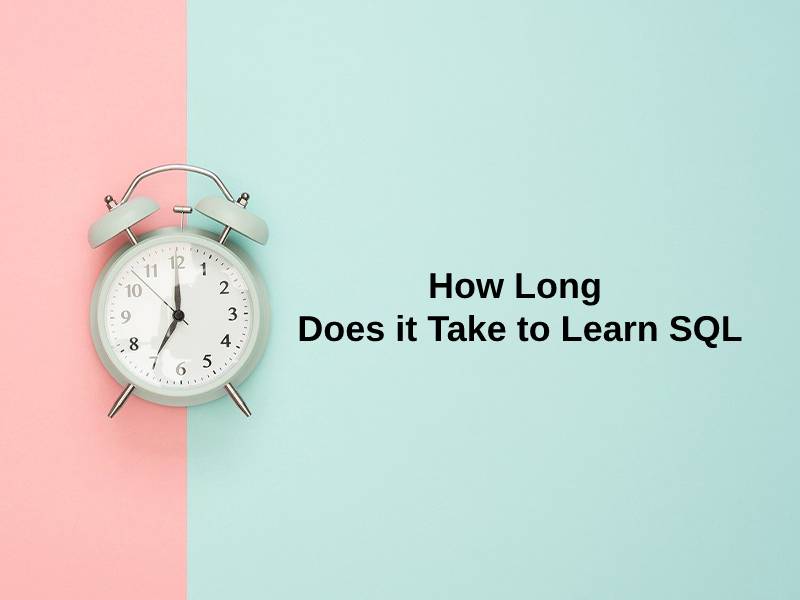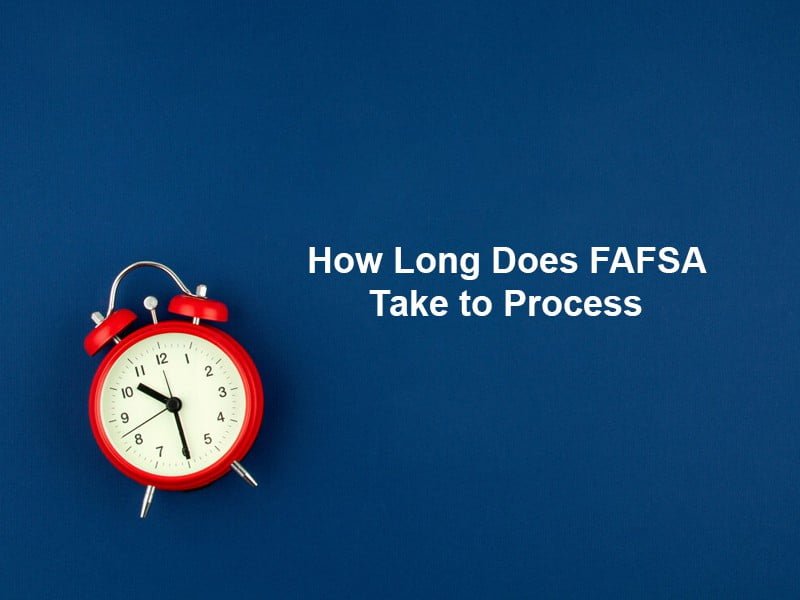Exact Answer: 27 days, 7 hours, and 43 minutes
The exact duration for how long a lunar cycle is 27 days, 7 hours, and 43 minutes. However, while calculating this time duration, there are two types of mathematical calculations done, known as sidereal calculation and synodic calculation.
Since the average period for a complete lunar cycle is almost equal to a month, a lunar cycle is also known as a lunar month. In the same way, after calculating how long the lunar cycle is, the time is known as the sidereal lunar cycle and the synodic lunar cycle, or it can also be said as a sidereal month or synodic month.

How Long Is A Lunar Cycle?
| Calculative Method To Calculate Length Of The Lunar Cycle | Length |
| Sidereal lunar cycle | 27 days, 7 hours, and 43 minutes |
| Synodic lunar cycle | 29.5 days |
Therefore, while calculating or knowing how long a lunar cycle or a lunar month is, it is important to know what type of mathematical calculation is being used or what type of lunar cycle or lunar month the person is trying to calculate. The major reason behind that is that as the method of calculation changes or as the type of lunar cycle or the lunar month changes, the time duration changes as well. Thus, this is the major factor that determines the time duration for how long a lunar cycle is.
If you are calculating the time duration using the sidereal method of calculation or wanting to calculate the length of the sidereal lunar cycle or sidereal month, the exact time comes out to be 27 days, 7 hours, and 43 minutes. In most cases, when talking about the length of a lunar cycle or a lunar month, the sidereal calculation is referred to.
While on the other hand, if the person is using a synodic method of calculation or wants to calculate the length of the synodic lunar cycle or synodic month, the time duration comes out to be around 29.5 days.
Why Is A Lunar Cycle That Long?
The major difference between the sidereal lunar cycle and the synodic lunar cycle is because as the Moon revolves and revolutes around the Earth, simultaneously the Earth also revolves on its own point and revolutes around the Sun along its axis as well. The Moon has to travel a little more distance in its orbital path. The reason behind that is to cover up for the added distance caused due to the movement of Earth around the Sun on its axis in order to complete the lunar cycle and consequently the lunar month as well.
Based on this phenomenon, that is the lunar cycle, many other natural phenomenons occur as well, such as different phases of the moon observed from Earth and the occurrence of high tides and low tides in the oceans. The different faces of the moon that are seen from the Earth’s surface are:
- new moon
- waxing crescent
- first quarter
- waxing gibbous
- full moon
- waning gibbous
- last quarter
- the waning crescent
The new moon can be called the invisible phase of the Moon. The reason behind that is that the illuminated side of the Moon faces the Sun. As a result, the dark side of the moon faces the Earth which makes it invisible to see the moon. The waxing crescent is the phase when the major illuminated part of the Moon is facing mostly away from Earth. Moreover, only a small part of the moon is visible from Earth. The first quarter is the moon when half of its illuminated side as seen from Earth. It signifies the quarter completion of the lunar cycle.
Waxing gibbous is the phase when the dayside part of the moon is visible from the Earth. In this phase, the moon appears brighter in light. The full moon is the phase when the complete dayside of the moon is visible from Earth. We can also say that the moon is completely illuminated. This signifies the half completion of the lunar cycle or the lunar month.
Conclusion
Although there is not much difference between the two types of the lunar cycle, be it the sidereal lunar cycle or the synodic lunar cycle, it still makes a difference while doing research and astronomical calculations as well. Moreover, based upon the phases of the moon, astrological predictions and calculations are done as well.




















